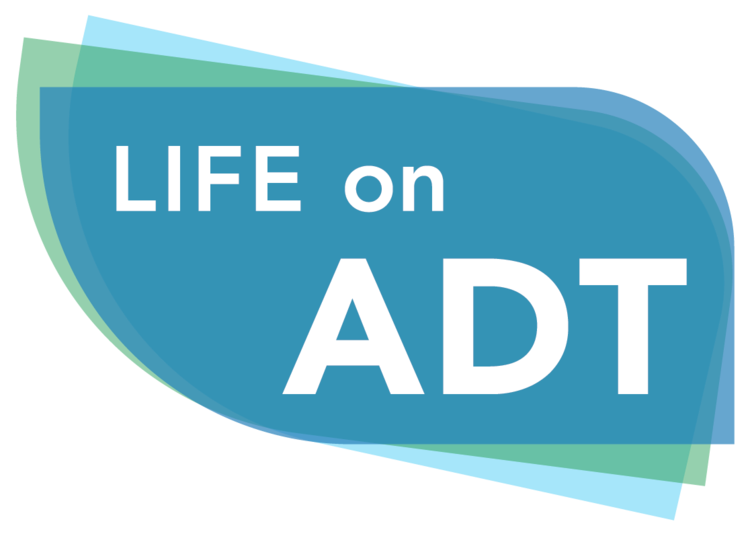Standard ADT with either LHRH agonist or antagonist drugs (like Lupron or Firmagon, respectively) cause a loss of lean muscle mass and weight gained as fat. Those are among the most common side effects of ADT. Patients experience this as fatigue for they have more weight to move and less muscle to do it with. It is also part of a suite of features associated with an increased risk of diabetes and heart disease.
So, how does the situation change when one adds either Zytiga (abiraterone ) or Xtandi (enzalutamide) to standard ADT? This is an important question since patients are increasingly being offered doublet therapy to control prostate cancer. Doublet therapy typically entails adding either a second-generation anti-androgen, like enzalutamide, or abiraterone (Zytiga) to a standard LHRH treatment. Do these combined therapies improve the situation or make it worse?
According to a new paper that asks these very questions the combinations typically, but not always, make matters worse. The data come from 229 patients, with 120 on an LHRH drugs alone, and just over 50 patients on either enzalutamide or abiraterone.
In terms of muscle loss, there was greater loss with the doublet therapies particularly after 18 months when enzalutamide was the secondary agent. This is consistent with a common complaint for patients of a lot of fatigue when enzalutamide is added to the LHRH drugs.
As for the amount of fat gained, the authors distinguished between subcutaneous fat and the deeper fat packed in the body around the viscera. The LHRH drugs alone show minimal change in the visceral fat. In fact, there can even be a loss of visceral fat, but insignificantly so. Adding in abiraterone, however, significantly increased the visceral fat after just six months by an average almost 5%.
The situation is quite different when it comes to the subcutaneous fat. Here the increase is substantial; i.e., a 8.6% at six months with the LHRH drugs alone, although that can decrease over the following year to an average increase of 4.7% at 18 months.
This increase in subcutaneous fat is consistent with the extra belly roll of fat that men at ADT typically acquire—unless they aggressively commit to burning off more calories than they are ingesting.
In that regard, the authors do not say anything about how lifestyle may influence the results related to fat distribution and weight gain. One suggestion we have is that patients, who find the weight gain, belly roll, and fatigue bothersome, make lifestyle changes to slow down the progressive loss of muscle and gain in fat. There is no evidence though that the authors of the paper collected data on how exercise or diet might have influenced their findings.
Perhaps what's most interesting in this paper is the differences between these drugs affects on visceral versus subcutaneous fat, and how this is associated with a different level of diabetic risk with the different doublet combinations. It turns out that adding abiraterone to standard ADT increases the diabetic risk slightly, while adding enzalutamide reduces that risk for some men on ADT. This can be partly understood by changes in the androgen receptor, which is targeted by enzalutamide. Those receptors are indeed more prominent in visceral than subcutaneous fat.
From the patients’ perspective this has important implications to personalized oncological care and diabetic risk. If a patient is already overweight and diabetic, the paper suggests that, of the two options, they may be better treated with an anti-androgen, like enzalutamide, then with abiraterone. The authors also acknowledged that since abiraterone must be taken with a steroid, the steroid can also affect the body’s composition.
So, what is the bottom line? In general, for patients, who need to be on hormonal therapy, adding in these new agents can improve cancer control. But overall, they increase the risk of loss of muscle mass, and they have complicated and disparate effects on the body’s fat distribution. Overall, they're more likely to increase serious side effects, which need to be managed. That can be done in part with appropriate lifestyle interventions.
Reference:
Blow, T. A., Murthy, A., Grover, R., Schwitzer, E., Nanus, D. M., Halpenny, D., ... & Goncalves, M. D. (2023). Profiling of Skeletal Muscle and Adipose Tissue Depots in Men with Advanced Prostate Cancer Receiving Different Forms of Androgen Deprivation Therapy. European Urology Open Science, 57, 1-7.
